In his anthology film “Coffee and Cigarettes” (2003), Jim Jarmusch employs awkwardness as his principal storytelling tool. Across eleven episodes, rather vignettes, the characters participate in an uncomfortable dance over the marriage of coffee and cigarettes. The veil of discomfort reveals underlying social tension, class dynamics, and existential truths. Jarmusch meticulously crafts each scene to resonate a state of unease. The film being dissected into various episodes of raw human interaction enhances the prevailing predicament of emotional limbo, as each segment introduces a new set of characters and their distinct peculiarities and encounters that never quite resolve themselves. The mundane mise-en-scene of the contrastive black & white shots composed of the humble pair of coffee cups and ashtray adds to the tension between the characters.
The awkwardness in these interactions is deliberately choreographed. In the vignette, “Somewhere in California”, musicians Tom Waits and Iggy Pop engage in a discomforting conversation, riddled with concealed ego and insecurities. The unremarkable diner witnesses the continuous miscommunications and competitiveness between the two men. When Waits claims to have performed “roadside surgery” before arriving to their meeting and presents it to be the reason behind his unpunctuality, both Iggy Pop and the audience are placed in a state of surreal awe and disbelief. This manufactured air of unease unveils the apparent power dynamics and ego clashes between the two personalities.
Perhaps Jarmusch’s most powerful directorial tool is creating a vacuum devoid of dialogue. The episode of “Twins” commences with the characters played by Joie Lee and Cinqué Lee sitting around a café table, having their lunch of coffee and cigarettes with effortless synchronized moves while maintaining a prolonged silence. These spaces of non-communication pose as a mirror to the inner workings and complexities intertwined with the relationship between the characters.
Also Read: The Fantasy of Reality in the Films of Jim Jarmusch
In the article, “Coffeetalk: Starbucks™ and the Commercialisation of Casual Conversation”, Rudolph P. Gaudio writes, “As a ‘native’ participant in coffeehouse conversations, I can attest that they often do feel quite ordinary…” This statement is validated in “Coffee and Cigarettes” with moments of “dead time”— where the narrative progression is put on halt. These instances communicate the unrehearsed true nature of real human interaction, laced with awkward stagnation.
Jarmusch uses the theme of awkwardness as a lens to view more clearly the cultural divides and societal tensions between the characters of his vignettes. The conversation between the two friends in “No Problem” exposes the supposed social script we follow even when it fails to address the reality of our circumstances. When repeatedly inquired by his friend about his well-being, the other character continues to claim he has ‘no problem” despite quite clearly being troubled with something. Similarly, the episode of “Cousins” where Cate Blanchett plays herself and her fictional cousin is a masterclass in exercising awkwardness to highlight class disparities and the idea of ‘celebrity.’ These interactions serve as microcosms for deeper societal tensions where Jarmusch creates an unresolved environment of discomfort and examines it through the lens of awkward exchange.
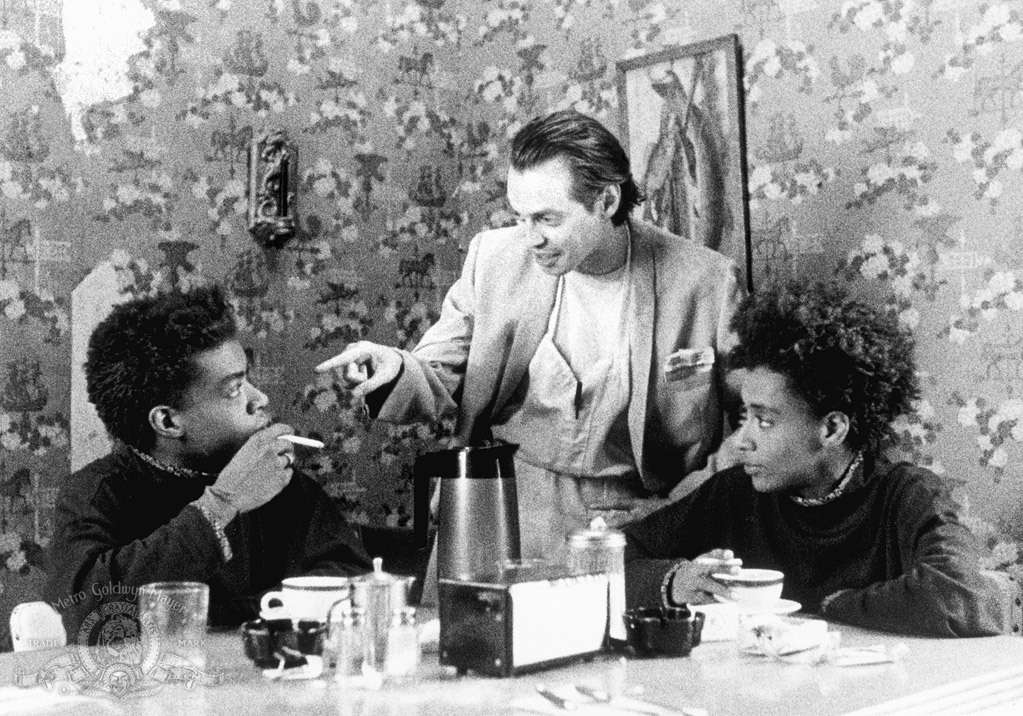
Jarmusch said in an interview,
“Our lives are made of little moments that are not necessarily dramatic, and for some odd reason I’m attracted to those moments. Those non-dramatic moments in your day and your reactions to things- my usual themes of miscommunication and little resentments. And how people react to each other.”
Also Read: Coffee and Cigarettes (2003) Review: Discerning the Sublime among the Quotidian Banality
His use of recurring motifs and phrases solidifies the trope of nontheatrical interplay throughout the duration of the film. The repeated use of black and white checkered tabletops creates a sense of continuity in the otherwise disruptive nature of the anthology format. The assertion that the ritual of coffee and cigarettes is rather unhealthy is made by various characters across the vignettes. They cheer to the iconic combination of coffee and cigarettes. These elements become familiar narrative devices. They frame the mundane absurdity of the scenes.
Several established notions and ideas are revisited in later episodes. This institutes a chain of correlation between the individualized segments of the film. For instance, Meg states, “Earth is a conductor of acoustical resonance.” This notion was put forward by Nikola Tesla in “Jack Shows Meg His Tesla Coil.” This idea is readdressed in “Champagne” when the characters reminisce about a song by Mahler as they sip their coffee. Taylor (played by Taylor Mead) claims to have almost heard the music as it “resonated through the whole building”. The character of Willam Rice responds to the earlier notion of Nikola Tesla. With this storytelling technique of recall, Jarmusch provides a sense of closure while also maintaining the theme of unresolved.
Also by Jim Jarmusch: Paterson (2016): A Poem in Visuals
With celebrities playing a version of themselves in almost all acts, Jarmusch introduces another layer of discomfort. This plays with the audience’s expectations of celebrity. In the final vignette, “Delirium,” Bill Murray, dressed as a waiter, joins GZA & RZA of the Wu-Tang Clan. They have a conversation about the evils of caffeine and nicotine. Murray continues to smoke and chug coffee straight from the pot. His deadpan delivery and the Wu-Tang members’ recognition of him in this cross-cultural celebrity encounter add a surreal quality to the scene. This challenges conventional narrative expectations. A kind of awkwardness stems from the celebrities’ navigation of their scripted selves. It blurs the lines between authentic and performed discomfort.
Beyond its narrative aspect, the apparent discomfiture in “Coffee and Cigarettes” acts as a corollary to existential angst. Many segments touch on philosophical themes like missed connections, mortality, hypocrisy of man, passage of time, etc. This does not just act as a contemporary social commentary but also poses various metaphysical questions to the viewers.
Awkwardness is promoted from its status of a mere social phenomenon to a sophisticated narrative device in “Coffee and Cigarettes.” It navigates the absurdities entwined with the essence of being human. Jarmusch cultivates discomfort and unease from silences, repetitions, and cultural and social differences. He orchestrates a rich examination of raw human interaction. His portrayal of human social interplay magnifies the rough edges of social exchange. It seeks truth in the spaces between spoken words. These spaces reveal vulnerabilities, power dynamics, and existential truths. Most polished back-and-forth might conceal them.
Jim Jarmusch’s “Coffee and Cigarettes” presents a compelling case for awkwardness as both a topic of art and an artistic approach. This method, uncovers profound insights into the human condition. It does so in a way that comfort never could.

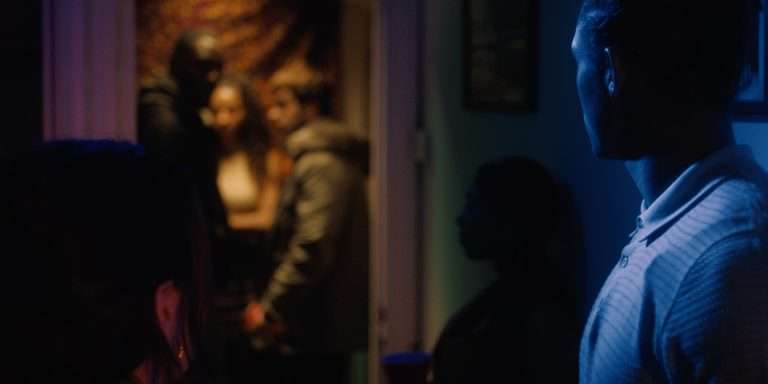
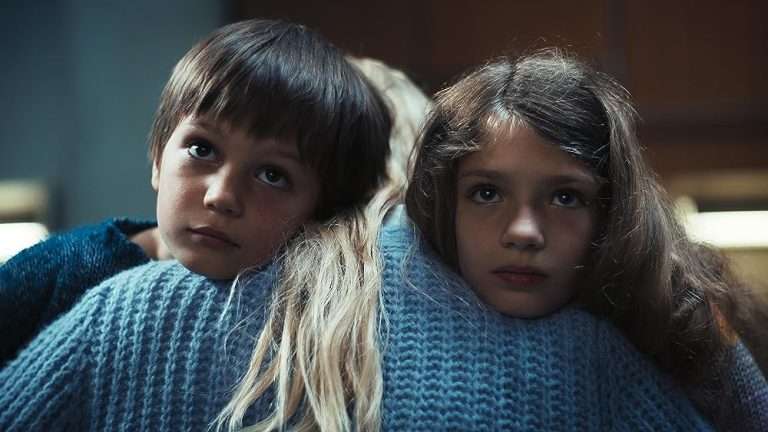

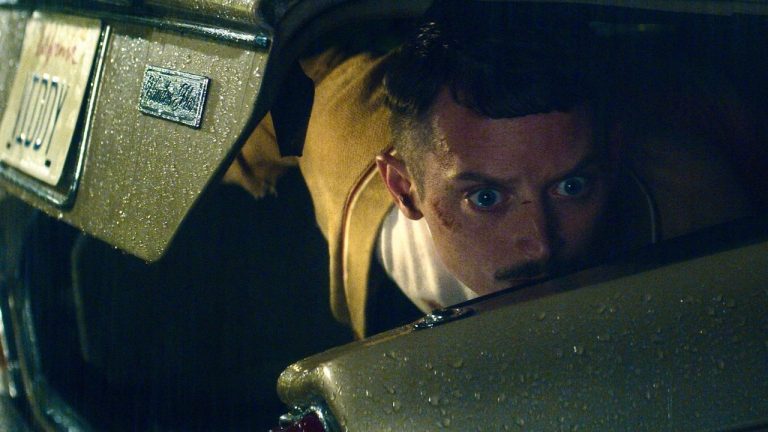
![Diorama [2022] Netflix Review: This Swedish Film Ruins a Relationship Drama with Unnecessary Tonal Shifts](https://79468c92.delivery.rocketcdn.me/wp-content/uploads/2022/09/Diorama-2022-Netflix-Review-768x576.webp)
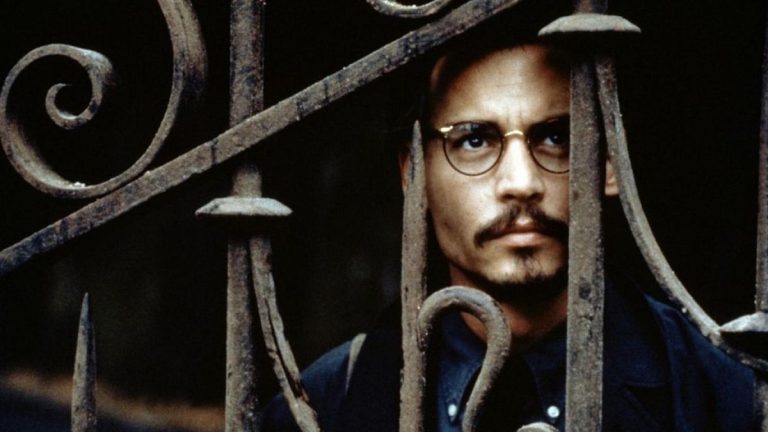
Excellent work 👏
Excellent breakdown! You made it so easy to grasp.